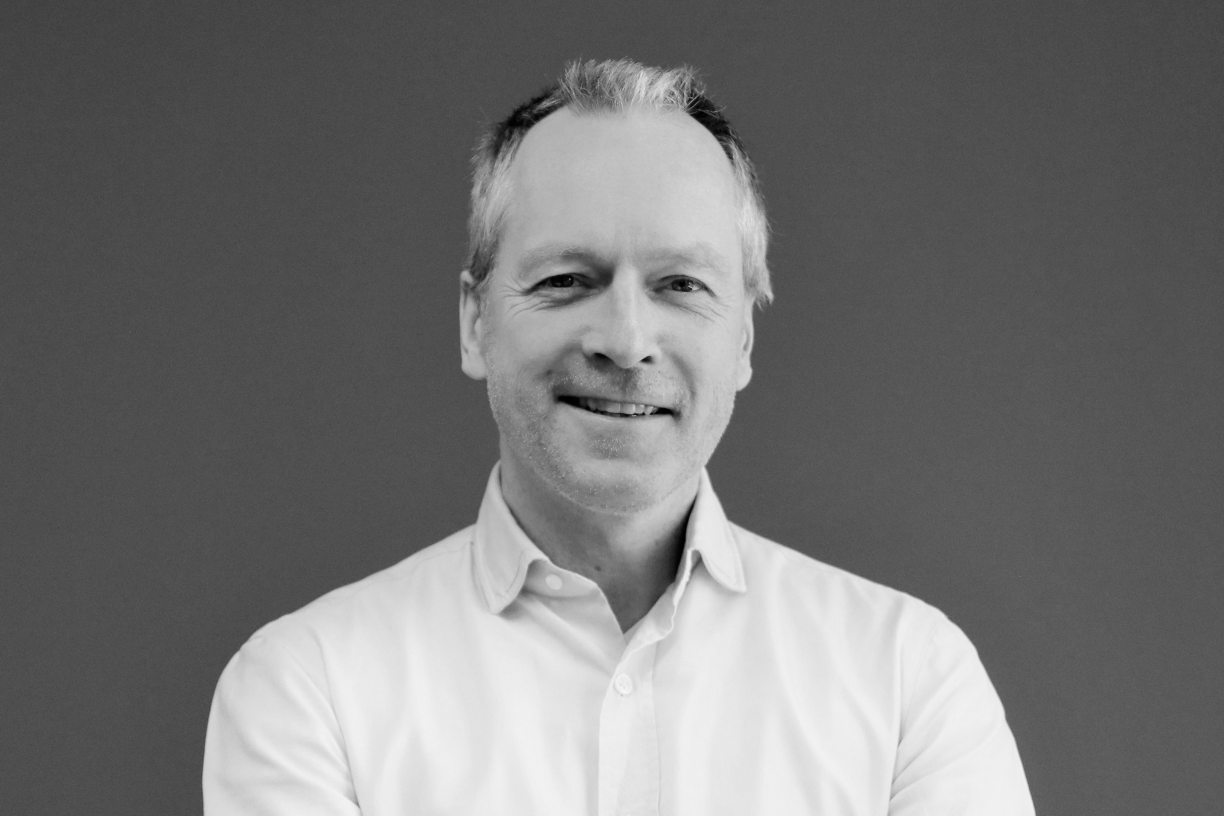With the ever-increasing concern about electricity prices and climate change, the demand for renewable energy is becoming more and more pressing. Wind power has proven to be one of the most cost-effective methods of producing clean energy.
This is where Tønsberg-based WindSim has found its place in the market. Now they want to scale up.
In the past year, the company has raised NOK 13 million, and earlier this year, MTI Vekst(Kobben's investment company) became an owner.
-"We are very pleased to have MTI as a shareholder. It gives an important signal when a recognized investment company, after a thorough review, chooses to invest in WindSim," says Ingvar Aaberg, CEO of WindSim.
Roar Aasvang of MTI Vekst has also joined the company as chairman of the board. It was he who connected WindSim and Kobben.
-"They have an active role. In addition to money, Roar has stepped in as chairman of the board. "Roar is a talented guy. He was the one who tipped us off about Kobben and thought it would be a good match. We look forward to working with Kobben," says Ingvar.
Location is important
WindSim was founded in 1993 by founder Arne R. Gravdahl. In other words, they are well established in the market, with 100 active customers around the world and offices in Norway and China.
They offer software that helps wind power developers build the most profitable projects possible.
They do this by using advanced wind resource models to identify where turbines should be placed to produce the most electricity, making it profitable for the customer. Accuracy is key here.
"A distance of -50 to 100 meters can make a big difference. It's all about placing them where the most electricity is produced," says Ingvar.

Wind turbines are usually placed in areas where there is access to abundant and stable wind. If not, it can be costly.
-"If we place a wind turbine in a place where there is a lot of turbulence, for example, it means increased costs in terms of maintenance. So by avoiding these areas with a lot of turbulence, the customer can save money and make wind power projects more profitable and competitive," Ingvar explains.
New business model
For several years, the business model was to sell perpetual licenses. They have now moved away from that. Now, the cloud and volume-based subscription model are the order of the day.
-"Last summer, we changed the commercial model. We now have 50 customers who have switched to the cloud, and all of them have renewed their contracts. We're very pleased with this, and it shows that this may be the right way to proceed," says Ingvar.
